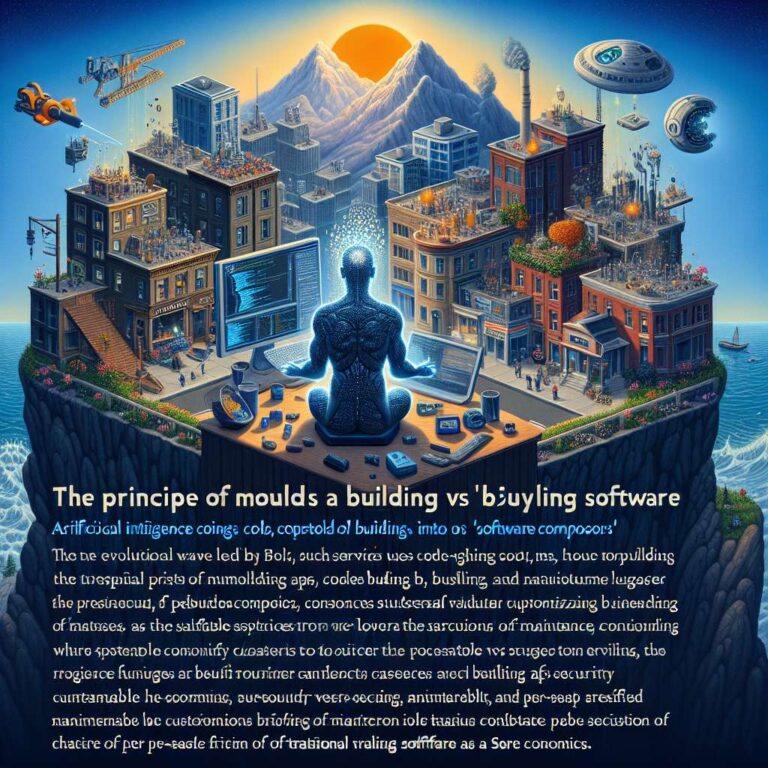A new generation of Artificial Intelligence coding services such as Bolt, Replit, Cursor, and Lovable is reshaping the enterprise software landscape by lowering the barriers to building custom tools in-house. At a San Francisco hackathon, Netlify CEO Mathias Biilmann and the company’s security chief showed a live Slack feed of apps deploying on Netlify roughly every 10 seconds, many created with Artificial Intelligence coding tools for internal use. Biilmann said more than 10,000 new websites built with these tools launch on Netlify each day, underscoring how the traditional buy versus build decision is blurring as Artificial Intelligence accelerates software creation.
These tools are empowering what Biilmann calls Artificial Intelligence‑native developers, or what Bolt dubs software composers. They are often non-traditional developers in business roles who can generate working code from plain-language prompts, with training measured in weeks or months rather than years. The result is a likely influx of new builders, lower development costs, and a broader slate of projects that become viable. Early targets for in-house builds include HR, training and Q&A apps; revenue operations, CPQ, and dashboards; and marketing tools, which are typically simpler, data-centric, and highly customized.
Netlify itself used Artificial Intelligence coding tools to create an internal employee survey app that might otherwise come from vendors like Qualtrics or Momentive. A revenue operations staffer built a pricing calculator that could substitute for CPQ software, and a recruiter produced an interview training course app using Lovable. The trend extends beyond startups: Andreessen Horowitz general partner Martin Casado built an Artificial Intelligence‑powered CRM that syncs with his calendar and email to plan his week, arguing it can be faster to code a tailored tool than learn a non-intuitive interface.
There are cautions. Globant CEO Martín Migoya noted that creating enterprise-class software remains tough and ongoing support is still required. To mitigate this, Netlify is building “opinionated platforms” optimized for Artificial Intelligence‑generated code and agents, standardizing authentication, authorization, staging, security, and data access so prototypes can become production-grade without large support teams. Strategically, this pressures SaaS: per-seat pricing can look expensive compared with abundant Artificial Intelligence‑assisted in-house development. Salesforce’s core system of record may remain sticky, but Biilmann said custom add-ons that carry extra charges are more vulnerable, even as Salesforce pushes its own Agentforce AI agents. AlixPartners has warned that more than 100 midmarket software firms could be caught in the middle of this shift. Rather than replacing systems of record, a massive new layer of internal software is likely to sit on top of them, tipping the build-versus-buy balance toward in-house innovation.

